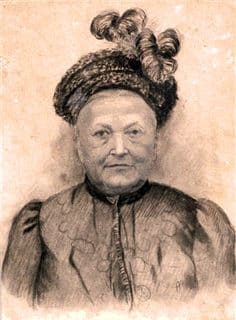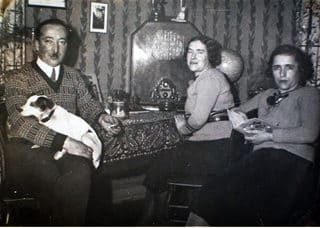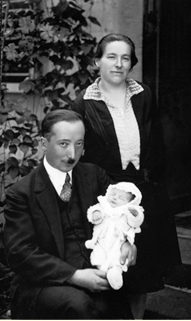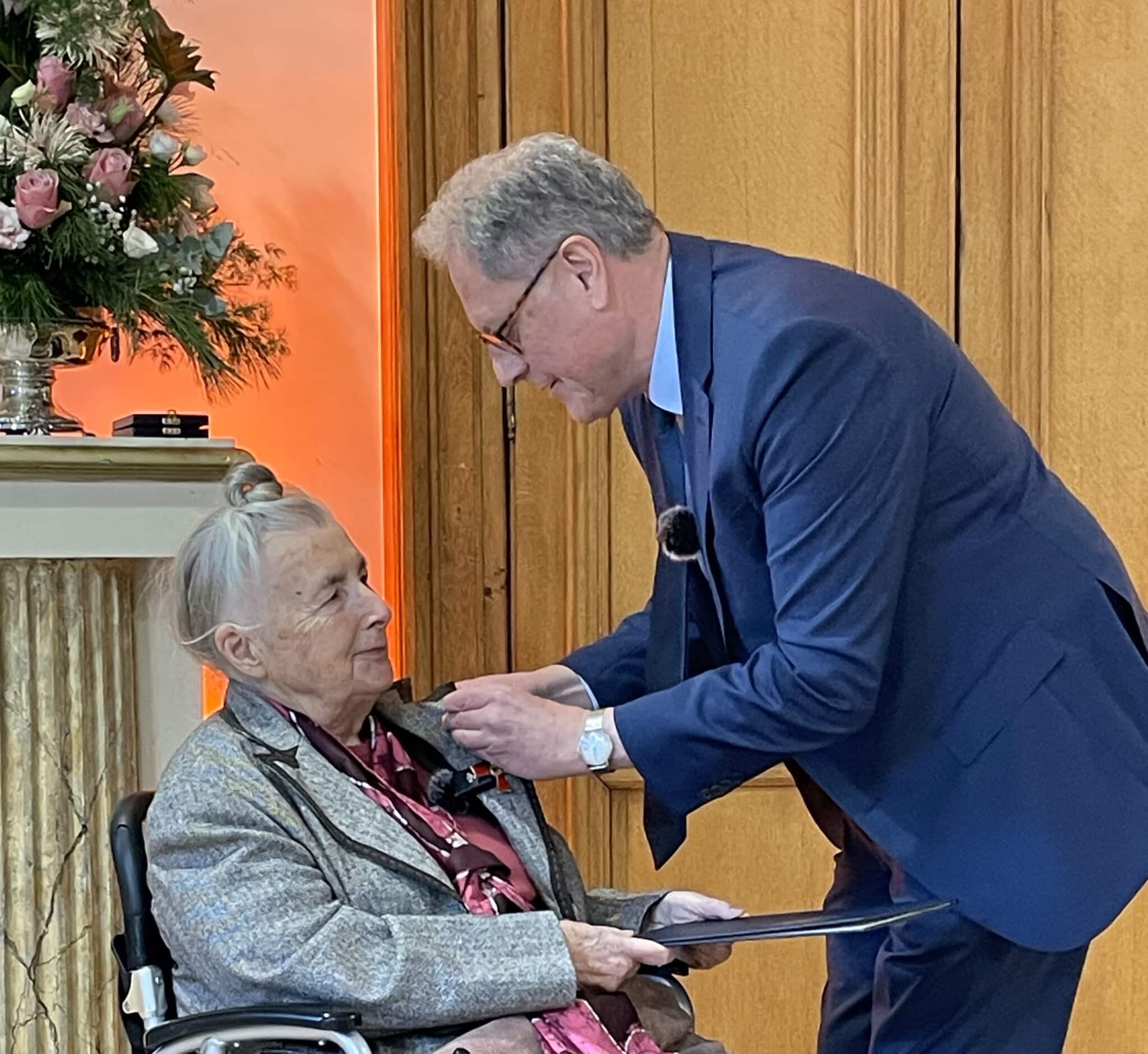The year was 1923. Adolphe faced two challenges. First, Emma lived on a mountain farm at Bergenbach, which belonged to a neighbouring village. The young men of the village would not allow one of their virgins to be taken by an outsider from a village that they considered lower class. Adolphe, being a peaceful man, refused their challenge to fight. Whenever he saw them gathering, he went into hiding, and he climbed the path through the forest to Emma’s house instead of passing through town.

Secondly, though wishing to be at peace with his future in-laws, Adolphe would not pretend to be someone he was not. Emma’s mother planned on holding a large marriage feast for her firstborn. In Alsace this meant the couple would go to the town hall Friday evening for the legal ceremony and then with close family to a café for a drink. The couple would part company for the evening because only after the Saturday morning church ceremony would the marriage be considered binding. The religious vows were followed by a large four-hour banquet for the extended family, and then a farewell dinner on Sunday. To follow this wedding tradition, Emma’s mother, who had no money, intended to borrow money that would have taken her an entire year to pay off.
For Adolphe, though, being hardworking but poor was nothing to be ashamed of. True worth, he always said, could not be measured by money. His unequivocal “No” created an angry rift, so to keep the peace, Adolphe agreed to pay the inflated fee for a special marriage Mass at the holy sanctuary of Oderen. It cost a fortune: five francs. The couple was happy to learn that two other couples would join the holy Mass with them and share the expense. At the conclusion of the ceremony and special blessing, the bridegrooms went to pay the priest. The first two each gave two francs. Adolphe was last and handed over one franc. The priest kept his hand open waiting for a second franc. There was none. “Two and two makes four, doesn’t it? Plus one is five. You want more?” The priest called it a scandal, and so did Adolphe’s mother-in-law!
The couple had a very hard start. Adolphe had just one week’s salary in cash and a little savings account put aside for doctor bills. His 25-year-old wife Emma had been sent off from Bergenbach with only her last three days’ pay and her embroidered linens as a dowry. They went to live in the village of Oderen in a small room rented from an elderly woman who took pity on them and gave them an old table. They had wooden boxes for chairs and slept in a tiny bed. The Monday after their wedding both went off to work, Adolphe in the printing section and Emma with the weavers. Everyone knew them to be hard workers. Step by step according to their savings, they bought the needed furniture, always tasteful and high quality. They decided that once the “nest” was ready, children would come.

His extraordinary memory and his French language skills earned Adolphe a promotion as a colorist. The job brought with it an invitation to move into a cottage named Blättmatt, nestled in a lovely park and located right next to the factory in Husseren-Wesserling. In that tranquil setting he mastered photography, developing his own prints, and he taught himself to play the violin to soothe his profound sadness.

The hardships of living paled before the blows of death.
Less than five years after he left home, Adolphe lost his beloved mother. His brother had become a widower with two girls to raise. His sister’s husband was crushed under the wheels of a train, and two years later she died of cancer, leaving a girl and a boy to the care of her widowed stepfather.
After just two years of marriage, his sister-in-law Eugenie lost her husband to tuberculosis. Though he counted every penny, Adolphe had a generous heart. He invited Emma’s sister to Blättmatt to share their table until she could get back on her feet.

Still, life at Blättmatt finally seemed secure, and the time came to start a family.

Emma went into labour on August 15, 1930, but by late the next day the midwife saw it would be a very hard delivery and told Adolphe to get the doctor.
On seeing the mother in distress, the doctor handed Adolphe a dilemma: ‘Who do I save—the mother or the baby?’ Without a moment’s hesitation he told the doctor to do everything possible to save the life of his precious and beloved wife.
Mother and daughter both survived. Despite his strong Catholic faith, Adolphe felt it his responsibility to decide whether or not to have children; and he resolved that the newborn infant would be the first and the last.
The proud parents named her Marie Simone.
